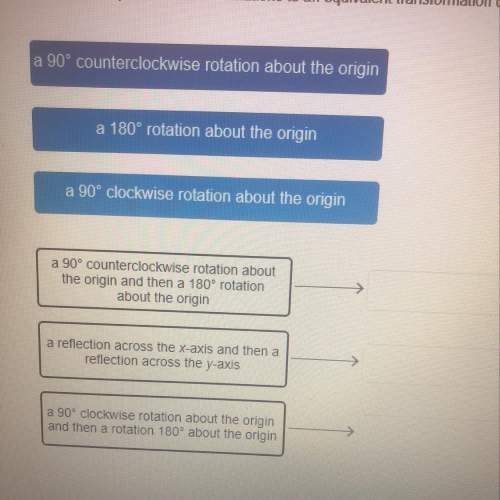
Mathematics, 07.04.2020 21:26 erickcastillo9124
If there is no seasonal effect on human births, we would expect equal numbers of children to be born in each season (winter, spring, summer, and fall). A student takes a census of her statistics class and finds that of the 120 students in the class, 25 were born in winter, 35 in spring, 32 in summer, and 28 in fall. She wonders if the excess in the spring is an indication that births are not uniform throughout the year.
a) What is the expected number of births in each season if there is no "seasonal effect" on births?
b) Compute the X2 statistic.
c) How many degrees of freedom does the X2 statistic have?

Answers: 1


Other questions on the subject: Mathematics


Mathematics, 21.06.2019 17:30, liamgreene90
Student price tickets to a movie are $1 and non student tickets are $2. 350 tickets are sold and the total amount made is $450. how many non student tickets were sold ? a) 100 b) 150 c) 200 d)250
Answers: 2

You know the right answer?
If there is no seasonal effect on human births, we would expect equal numbers of children to be born...
Questions in other subjects:

Mathematics, 18.12.2020 01:30


Mathematics, 18.12.2020 01:30

Mathematics, 18.12.2020 01:30


Mathematics, 18.12.2020 01:30

Physics, 18.12.2020 01:30


English, 18.12.2020 01:30

Mathematics, 18.12.2020 01:30




